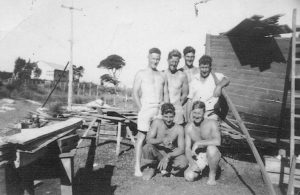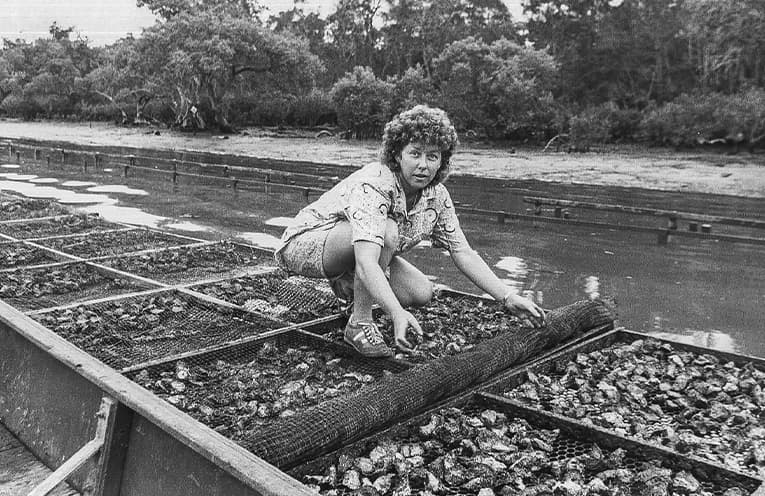DENMARK was occupied in WW1 by the invading Germans and young men were being conscripted into the army.
Having sons, Hans and Marie Verdich were not prepared to see them sent to war and arranged to flee the country of their birth.
One of their boys, Edward Wilhelm, found his way to Australia and set about to make a new life in a new country.
A builder of fine furniture and a cabinet maker by trade, Edward had little difficulty finding work on the ships around Sydney where onboard repairs provided a steady income.
Son Carl had established a home in Sylvania and followed in the footsteps of his father, becoming a craftsman in wood.
Six sons were born to Carl and Sarah Verdich, the eldest Charlie followed by Norman (nicknamed “Blue”), Neil (“Dick”), Eric (“Oscar”), Ronald (“Poddy”) and Maurie, who was referred to as “Sampson” because of his blundering strength.
All of the boys saw an opportunity in oysters and began working in the industry early in their teenage years.
Charles Verdich left school during the depression years and began helping fishermen on Botany Bay in return for food.
One of the fishermen also had some oyster leases and Charlie soon learnt that this work didn’t involve late nights and that oysters could be returned to the water to grow if a glut
in the market brought prices down.
At the age of 13 years in 1928 Charlie became a young oysterman in the Georges River with Alex Pilgrim and later Les Richards.
His first contact with Port Stephens was to spend overnight camping trips on Corrie Island, where he would gather bags of oysters growing wild on the mangrove roots.
The clumps of oysters were called “cobblers pegs” and they were taken back to the Georges River to be separated and left to fatten on racks.
Charlie and wife Audrey left Sydney and moved to Pindimar in 1945 before purchasing land on the northern bank of the Karuah River in 1955, where they eventually settled in 1969 with their daughters Christine and Cindy and son John.
John moved into oyster farming with his father
Oyster farming was considered to be a job for the men of the family, with long and back-breaking hours, mud, winter cold, summer sweat, and biting insects.
Hour upon hour of laborious tasks including grading oysters, nailing and tarring racks.
A life governed by the tidal movement, even the darkness of night did not bring guaranteed relief from toil as there were still jobs to be done.
It must be recognised that many daughters of oystermen pitched in and matched it with their brothers never asking for, or giving, any quarter.
When day was done it could be said that the girls didn’t miss a beat.
To my knowledge there was only one lady who owned and worked her own leases. Cindy Verdich commenced oyster farming in 1977 after working and learning from her father and brother John.
Cindy purchased her own leases and worked the racks along the Karuah River and into the Branch.
She generally worked alone and it was generally accepted that she could “match it with the best of them”.
By John ‘Stinker’ CLARKE




